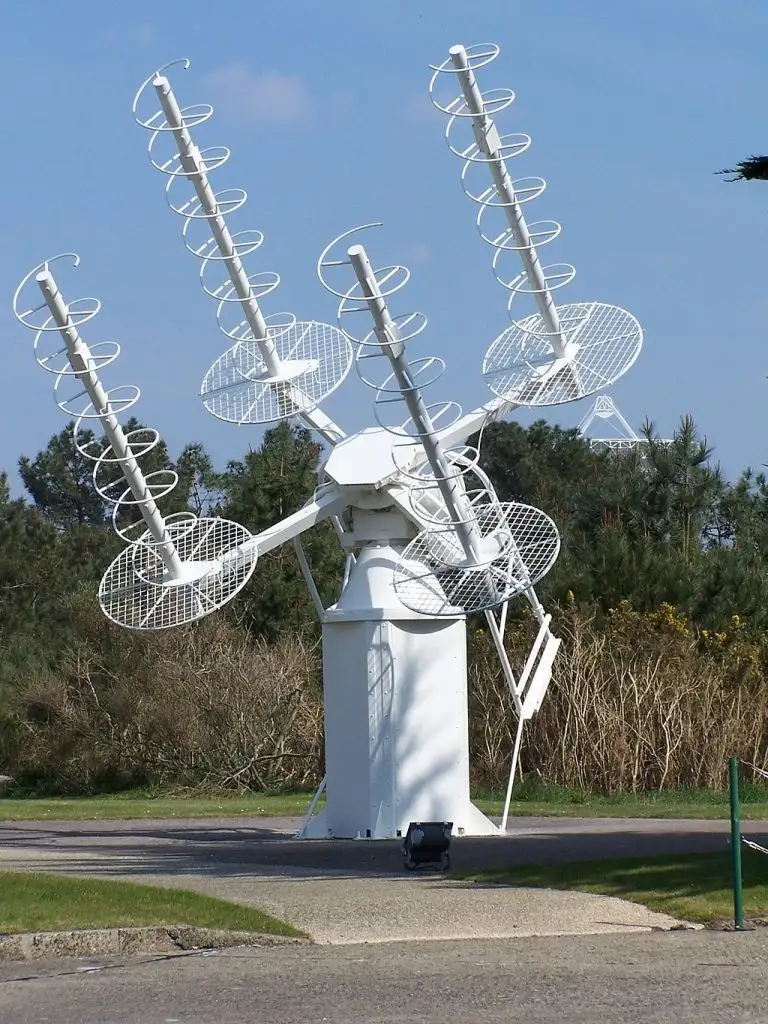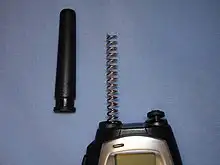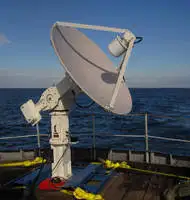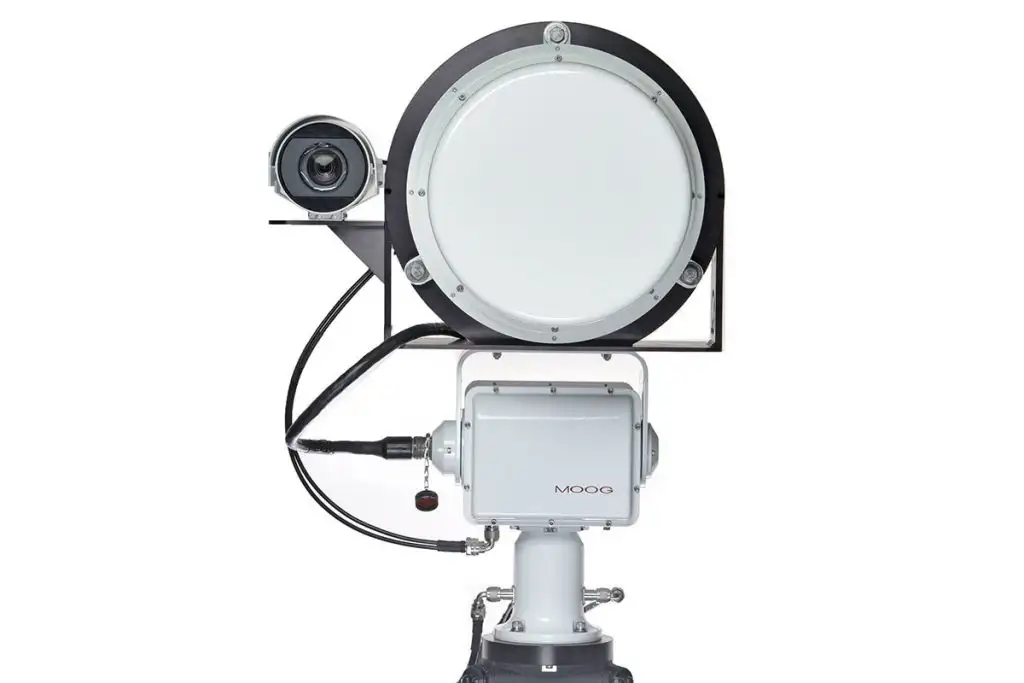Ponderings of Space, Telemetry and Tracking
I have keenly followed space activity since I watched the moon mission of Apollo 11 and in more recent times the SpaceX and ULA activities. They have demonstrated remarkable capabilities and for me landing a rocket that has re-entered the atmosphere after delivering a payload to space is amazing.
Something else that has fascinated me is the telemetry and communications between the rockets, spacecraft and earth. Today we watch live footage from the rocket and spacecraft as it reaches low earth orbit with reasonably high resolution video. Just this feat alone is also amazing.
I have done some research on how they do this but there is a limit to what is publicly available.
One of the first things that caught my eye during the initial launches are the ground stations shown below. These use helical antennas. I have seen these antennas also on some spacecraft.


L: Example of a helical antenna ground station R: Stub antenna (Wikipedia)
Often helical antennas are used to shorten a monopole antenna. The simplest antenna, a monopole antenna is (typically) a wire with a length of a quarter of the wavelength of the frequency being used. So on a CB radio at 27MHz this would have to be 11M or 400MHz it would be 0.75M . By using a helical antenna engineers can create an antenna (Stub) that is 200mm or 50mm long (respectively). It’s easier to carry a stub antenna on my portable device rather than a 11M structure!
The other curious feature of the helical antenna is that if you attach a ground plane to the bottom like in the ground station picture, then it acts like a directional antenna. These would have a gain of about 8dB.
There are many other forms of directional antenna however, with higher gain and more easily manufactured. So why do we see these at rocket launches and other tracking applications. The answer is because of phasing.
If I build a transmitter/receiver pair in free space using the same frequency and a dipole or monopole type antenna, I usually have to align them the same way. That is, a wire sticking up in the air perpendicular to the ground. That is they are physically aligned. In RF engineering terms they are in phase. If I rotate one of the antennas in this example 90 degrees to the side then the receiver will not pick up the transmitted signal.
On the ground we see this affect more significantly with microwave systems because the radio links have high gain antennas and don’t rely on reflections. In WiFi or handheld portable transceiver applications turning the antenna on its side does not totally wipe out the communications link because there are many reflections from things around us.
Spacecraft (or aircraft) don’t have much around them. So as the spacecraft changes attitudes the communications performance would be significantly degraded due to phase attenuation if they had monopole antennas at each end. Engineers get around this problem by using a helical antenna at least at one end.


L: ORBIT’s Advanced Tracking System R: Optical Tracking System
So they mount these antennas on a movable platform that tracks the spacecraft using optical and radio techniques to maintain a strong signal and thereby good video feeds.
Early versions of Falcon 9 used ordinary analog signals for video. Recent versions transmit digital video together with telemetry using S-band (2-4 GHz) transmitters made by a company called Quasonix.
This from the SpaceX Falcon Customer manual: Data Rates are 300kbps for Command Uplink and 300Mbps or more for telemetry and data downlink. Payloads on the vehicle can be integrated via standard communication interfaces like Ethernet or RS-422 and 1553 standards. Vehicle Communications are accomplished via redundant telemetry and video transmitters in S-Band. Dragon is equipped with on-board compression and encryption/decryption systems.
300Mbps is an amazing amount of bandwidth in this circumstance and allows many high quality video feeds!
While the big picture items like the opportunity for recreational space travel continues to excite, what I enjoy is the enduring fascination of all the thousands of individual small components such as antenna design, which all have to work precisely and seamlessly to make space travel possible at all.
